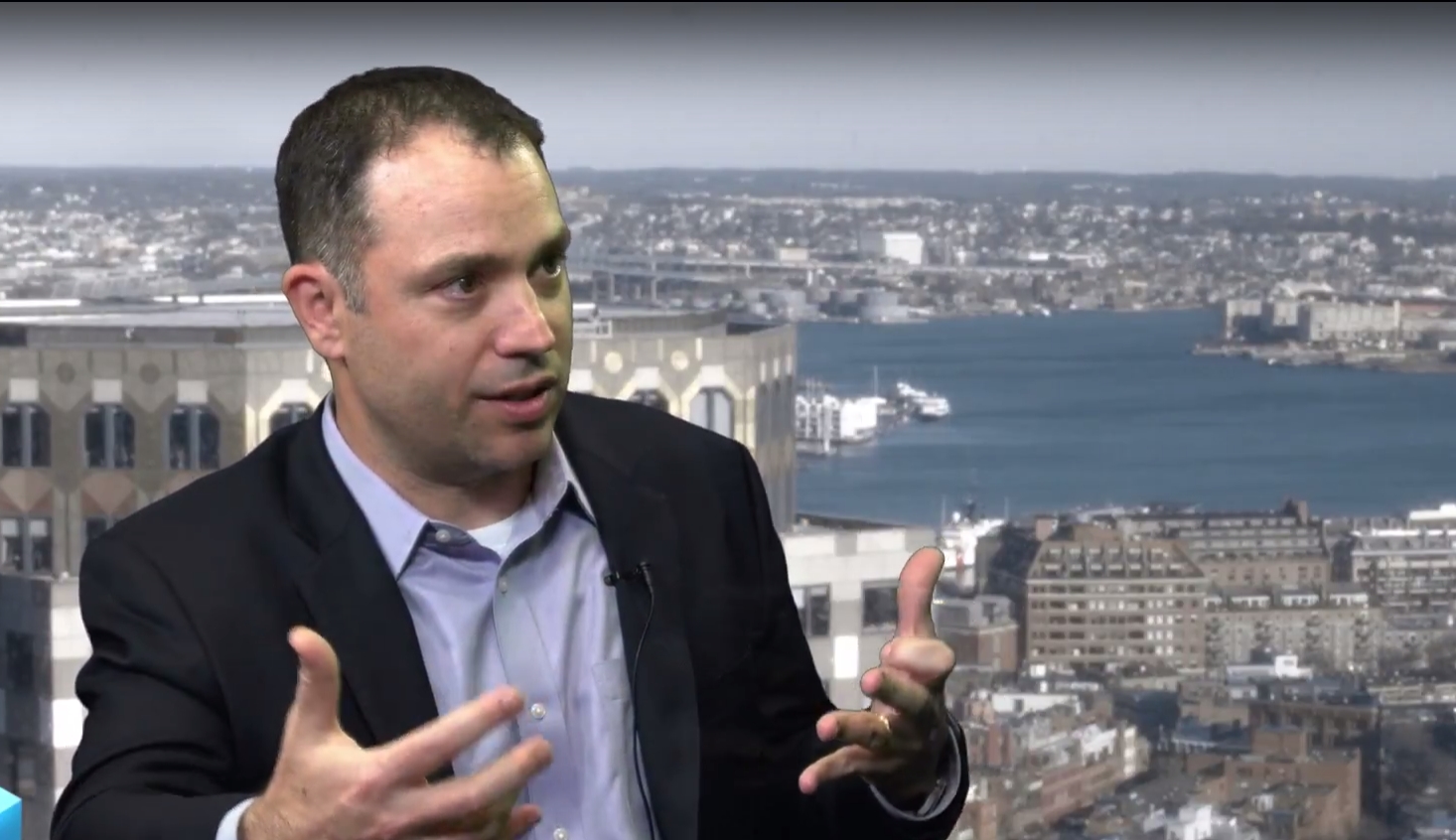 INFRA
INFRA
 INFRA
INFRA
 INFRA
INFRA
EMC Corp. was known for sandwiching technologies into converged infrastructure before merging with Dell to form Dell Technologies Inc. Will it go on creating those systems independently or bring in new ingredients and influences through the merger?
The company’s VxRack System with FLEX, a converged infrastructure product, provides a hint. “It’s leveraging, really, the best of our software-defined, the best of the server technologies out there — and it’s really leveraging this trend of customers that have started to adopt HCI [hyper-converged infrastructure], and now they’re ready to go all in,” said Jon Siegal, (pictured) vice president of product marketing at Dell EMC, Dell’s infrastructure group.
VxRack FLEX’s makers happily dove into Dell’s wide server portfolio, basing the system on Dell’s 14th generation PowerEdge server, Siegal added.
These new servers house processors from Intel’s Xeon Scalable family of processors; Dell’s direct line to pre-released Intel chips boosts the infrastructure stacks above market expectations, Siegal told Stu Miniman (@stu), host of theCUBE, SiliconANGLE Media’s mobile live streaming studio, during an interview at theCUBE’s Boston, Massachusetts studio. (* Disclosure below.)
On the other end of the VxRack FLEX stack, users can actually generate an on-premise cloud with easy application spin-up through Pivotal Cloud Foundry cloud computing software, Siegal explained.
No matter how they are padded out, Dell EMC wants to maintain the turnkey convenience of its infrastructure products, according to Siegal.
This can get tricky. When EMC bought ScaleIO software-defined storage, managed infrastructure service Itrica Corp. praised its benefits but complained of a months-long assembly process, Miniman recalled.
VxRack FLEX incorporates ScaleIO and delivers it in an easy-to-consume model, Siegal stated. So far, VxRack FLEX is in production for more than 100 customers, he added.
In the next three to five years, Dell EMC would like to see VxRack chosen more often for its hybrid versatility. “It’s the flexibility to run anything from a cloud-native workload all the way up to a traditional workload,” Siegal concluded.
Watch the complete video interview below. (* Disclosure: Dell EMC sponsored this segment on SiliconANGLE Media’s theCUBE. Neither Dell EMC nor other sponsors have editorial control over content on theCUBE or SiliconANGLE.)
THANK YOU